@UIowaNeuro
@IowaNeurology
We find that 4 Hz STN stimulation in *humans* changes decision thresholds:
Data: narayanan.lab.uiowa.edu and osf.io/hsz3u
With Rachel Cole and Jim Cavanagh

We find that 4 Hz STN stimulation in *humans* changes decision thresholds:
Data: narayanan.lab.uiowa.edu and osf.io/hsz3u
With Rachel Cole and Jim Cavanagh
We find that 4 Hz STN stimulation in *humans* changes decision thresholds:
Data: narayanan.lab.uiowa.edu and osf.io/hsz3u
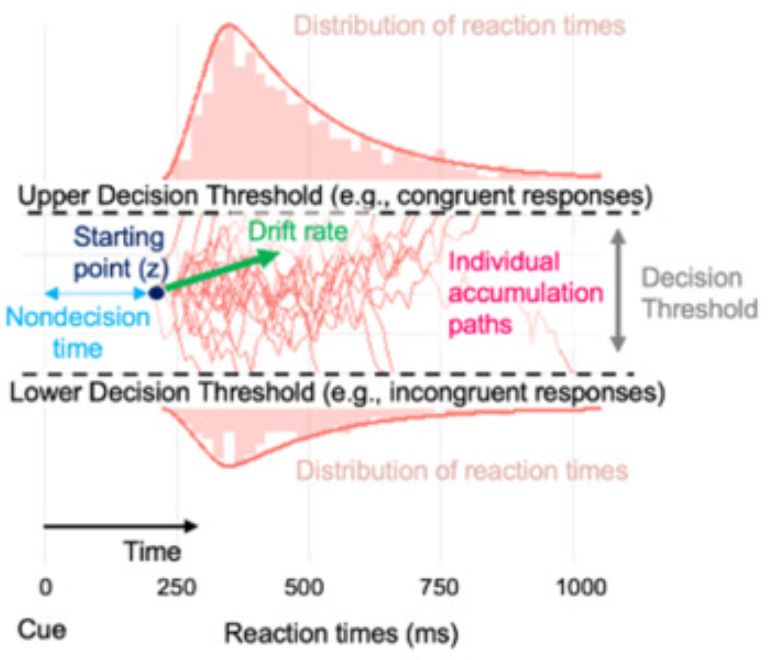
We find that 4 Hz STN stimulation in *humans* changes decision thresholds:
Data: narayanan.lab.uiowa.edu and osf.io/hsz3u


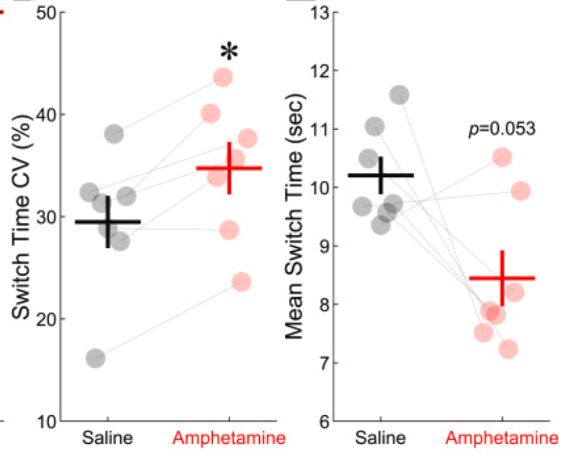
5/5
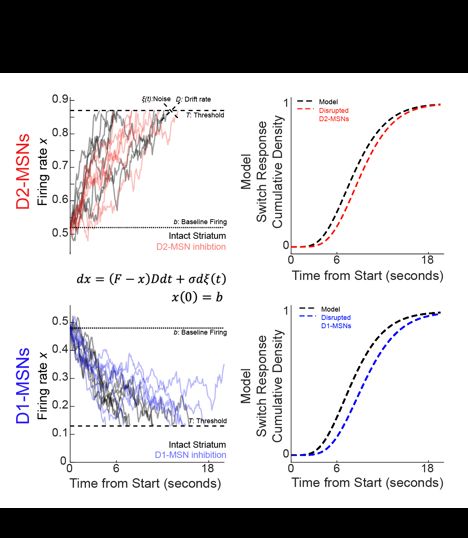
5/5
4/5
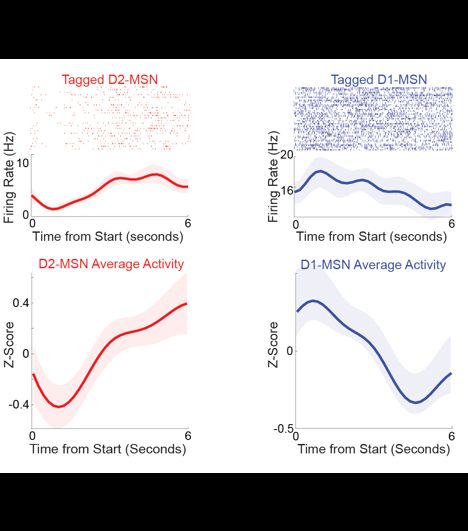
4/5
3/5
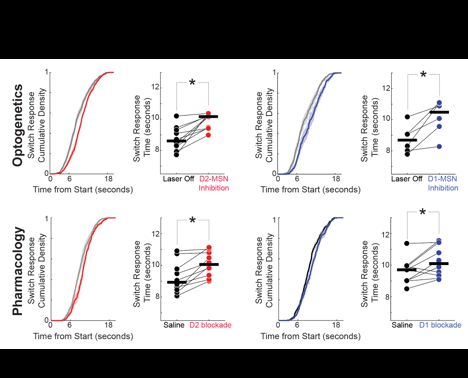
3/5


